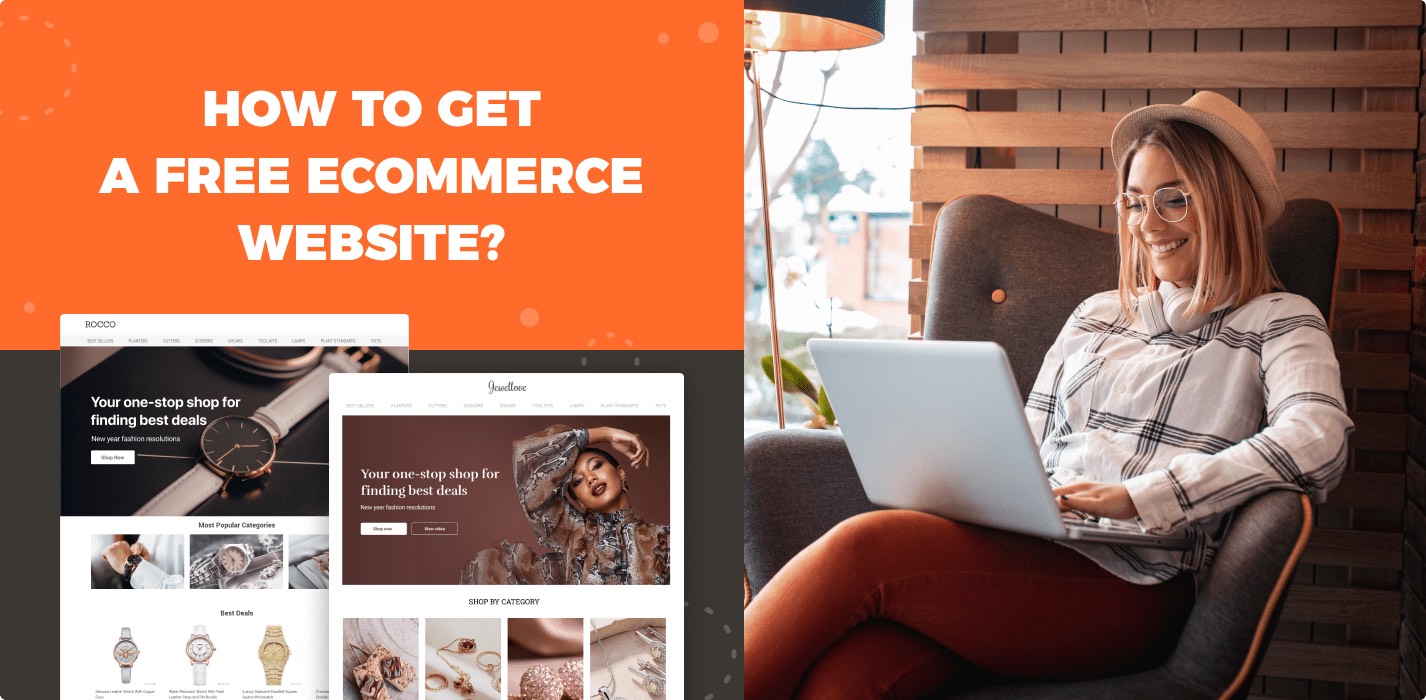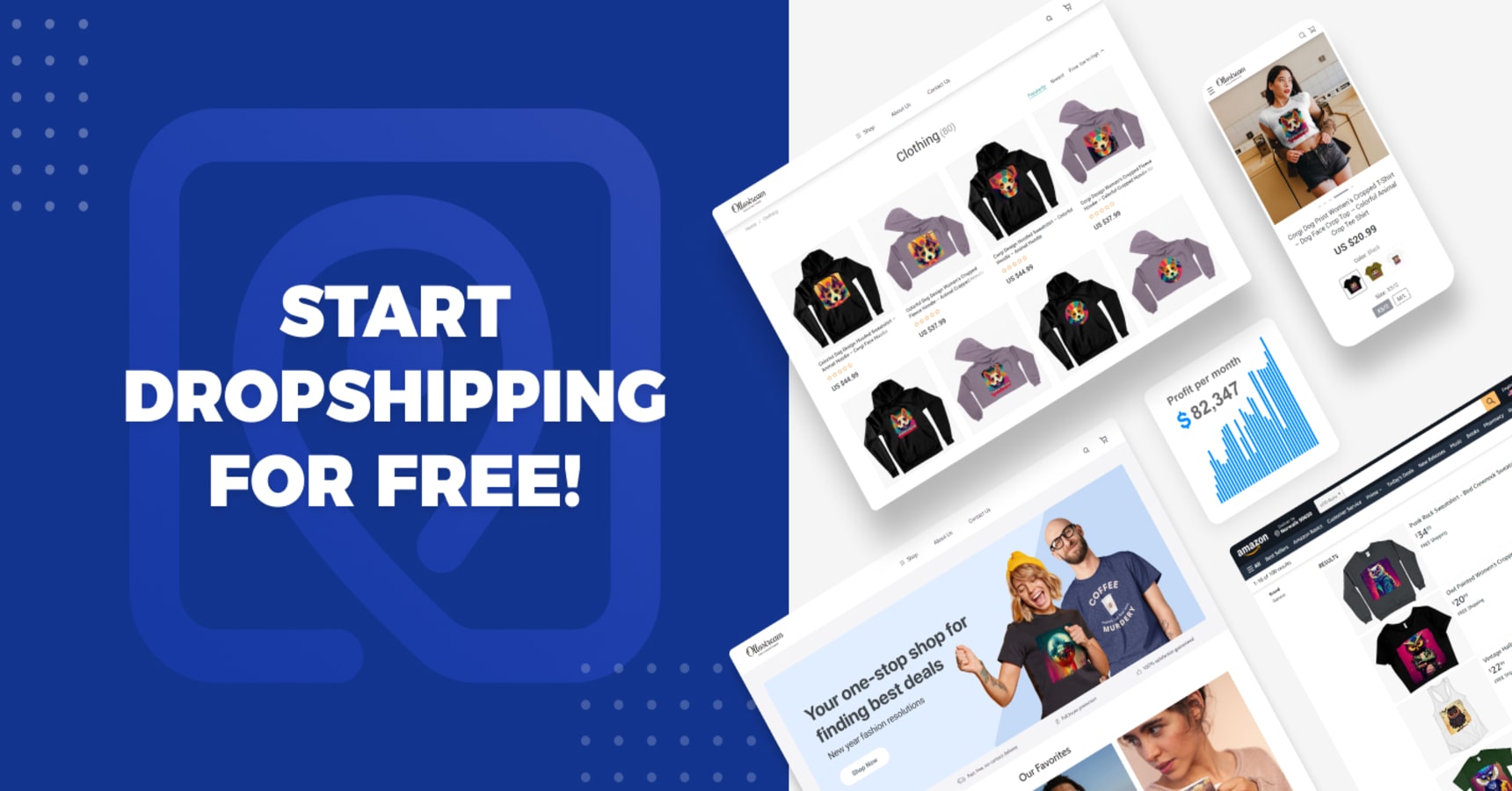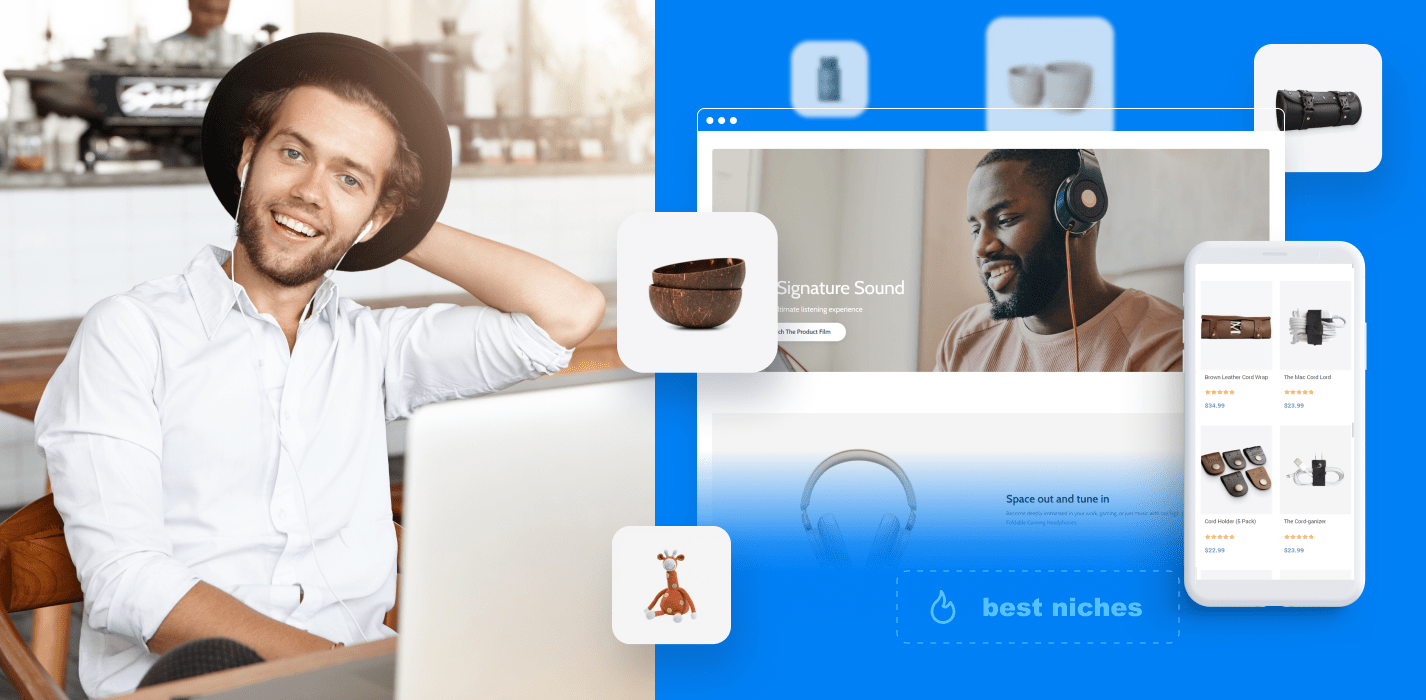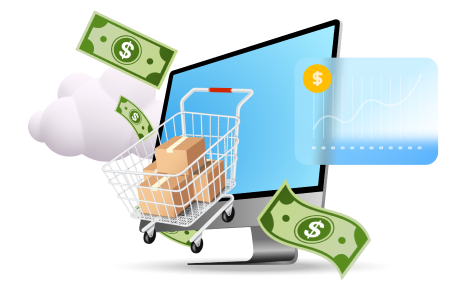Got a cool idea and wondering how to start an ecommerce business? Selling online could be the perfect move. With nearly 95% of shopping expected to happen online by 2040, this is your chance to get in early and grow something awesome.
Still, we get it – ecommerce feels huge. It can be tough to figure out where to begin and how to stand out. So if you’re wondering how to start an ecommerce business, don’t worry – we’re breaking it down into 10 simple steps that’ll take you from idea to running your own online store.

Step 1: Explore the market and pick your niche
Before anything else, figure out what you want to sell and who you want to sell it to. That’s where research comes in. Whether you already have something in mind or are just browsing for ideas, this step is key.
Look at what’s trending online – check TikTok, Amazon, or even Google Trends. Think about what people are talking about and buying. Also, it helps if you choose a niche you actually care about. It makes the whole process more enjoyable and easier to stick with.
And don’t forget to check out the competition. Look at what others are doing well and think about what you could do differently or better.
Step 2: Create a brand that people remember
Once you’ve decided what to sell, it’s time to start building your brand. This is your store’s personality – how it looks, feels, and connects with your customers.
• Choose a name
Make it catchy, short, and something that matches your vibe. Try to pick a name that’s available as a domain too.
• Tell your story
People love hearing the “why” behind your business. Share a bit about how it all started – nothing too deep, just something real.
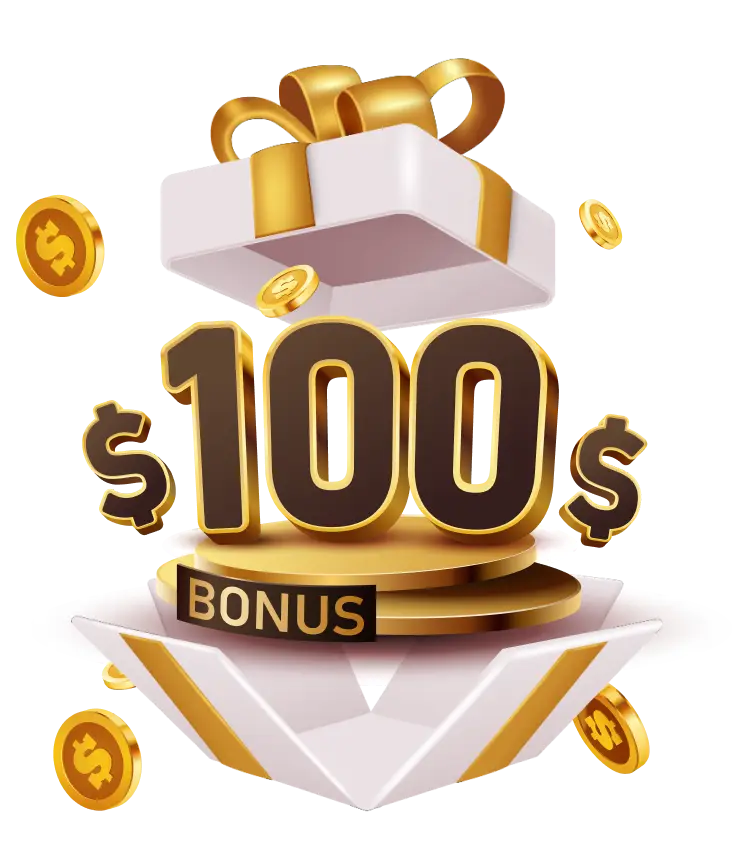
• Show your values
Let your audience know what you stand for. Are you all about fast delivery, eco-friendly products, or low prices? Say it clearly.
• Design your visuals
Think about the logo, colors, and your overall theme. This will shape your store’s look, your social media, and even your product packaging.
Step 3: Lock in your domain and hosting
Now let’s get technical for a sec (but we’ll keep it simple). You need two things for your site to exist: a domain name and a hosting provider.
- The domain is the web address people type to find your site like MyСoolStore.
- The hosting is where all your site’s data and content lives – it’s what makes your site run on the internet.
You can buy both from the same place or separately. Here are some popular options:
- Domain registrars: GoDaddy, Domain.com, Ionos, Bluehost, Squarespace
- Hosting providers: SiteGround, DreamHost, iPage, Liquid Web, Bluehost
Try to get a domain that matches your store name as closely as possible. Keep it short and avoid dashes or weird spellings if you can.
Step 4: Set up your online store
Next up – time to actually build your website. The good news is, you don’t need to code or be super techy to do this. With platforms like Shopify, WooCommerce, Wix, or BigCommerce, creating a store is mostly plug-and-play.
These platforms let you:
- Add products and categories
- Upload photos and descriptions
- Change your site layout
- Handle orders and shipping settings
Choose a clean, mobile-friendly theme. Make sure your site is easy to navigate and shows off your products well. This is a big step in how to start an ecommerce business that your customers will love.
Step 5: Add payment options
Now that your site’s up, you need to make sure customers can actually pay you. That’s where payment gateways come in.
Most ecommerce platforms have them built in, but here are a few well-known options:
- PayPal
- Stripe
- Square
Offering a few different payment methods gives customers more flexibility and builds trust.
Step 6: Find suppliers or products to sell
Now that your site is ready, it’s time to figure out what you’re actually selling. Are you dropshipping? Selling digital products? Ordering inventory yourself?

Depending on your business model, you’ll want to find reliable suppliers or services. These might be manufacturers, print-on-demand companies, or platforms like Sellvia that offer fast shipping and a wide product range – perfect if you’re just learning how to start an ecommerce business without high upfront costs.
Step 7: Fill your store with great content
This is where you make your site come alive. Add product photos, write descriptions, and tell your brand story.
Here’s what to focus on:
- Photos: Use clean, clear images. Show different angles, packaging, or the product in use.
- Descriptions: Be honest, but make your products sound appealing. Highlight features and how it helps the buyer.
- Pages: Add “About Us,” “Contact,” “FAQs,” and any other pages that help visitors trust you and feel informed.
Don’t forget SEO basics like using keywords so people can find your site on Google.
Step 8: Get legal stuff sorted
Yep, it’s not the funnest part, but it matters. Depending on where you live, you might need a business license, a tax ID, or other registrations.

Do some research based on your country or state. Also, consider setting up terms & conditions, privacy policy, and refund rules on your website. It’s an important step in making your business official and trustworthy.
Step 9: Set up shipping and returns
Next up: figure out how you’re going to deliver products and handle returns.
If you’re dropshipping, this will mostly be handled for you – just make sure your suppliers ship fast and provide tracking. If you’re shipping products yourself, look into carriers like USPS, UPS, or FedEx and get clear on costs.
Also, add a simple return policy on your site. Make it clear and easy to follow so customers feel safe shopping with you.
Step 10: Launch and promote your store
You’ve got your store, your products, and your content – now it’s time to get eyes on your site! Promotion is a big part of ecommerce success. Here are a few ways to start:
- Social media marketing – Set up pages on Instagram, TikTok, or Facebook to post content, run ads, and engage with your audience.
- Email marketing – Build an email list and send newsletters or special offers.
- Search engine optimization (SEO) – Use keywords on your pages to help your site show up on Google.
- Influencer or creator shoutouts – Partner with people in your niche to help spread the word.
- Paid ads – Test small ad budgets on platforms like Meta or Google Ads to drive traffic quickly.
This is where your effort pays off. The more people you reach, the more chances you have to make sales. And now that you know how to start an ecommerce business, you’re ready to take action.
Start your ecommerce business right now!
Starting an ecommerce business might seem like a lot at first, but when you break it down step by step, it’s totally doable. From picking a niche to building your store and making sales, the whole journey is exciting – and full of potential.
So if you’ve been wondering how to start an ecommerce business, this guide gives you everything you need to kick things off the right way. Just take it one step at a time, stay consistent, and keep learning as you go.
Need a hand getting started faster and easier? That’s where Sellvia comes in.
Why Sellvia is a game-changer for your online store 🚀
Starting an online business can feel like a lot, but that’s where Sellvia comes in. It handles the tough stuff so you can focus on what really matters – making sales and growing your brand. Here’s why it’s such a smart choice.
Get a ready-to-go store hassle-free 🎯
Want to start selling but not sure how to start an ecommerce business? No problem! Just share your ideas, and the Sellvia team will create a fully set-up ecommerce store for you – totally free. No coding needed, no stress involved. Your store will be ready to take orders right from the start.

A huge selection of top-quality products 🏆
Finding the right products to sell can be tough. Sellvia makes it easy with a big collection of high-quality items across different categories. From fashion and tech to home goods, you’ll have tons of great options to fill your store and start selling fast.
Everything in one easy-to-use platform 🔥
Running your store should be simple. Sellvia’s platform lets you manage orders, add products, and talk to customers – all from one clean and easy dashboard. No confusing tools, no tech headaches – just smooth, stress-free selling.

Orders fulfilled automatically, no extra work for you 📦
You don’t have to pack anything or worry about shipping. Once someone places an order, Sellvia, your trusted dropshipping supplier, handles the rest – from inventory to delivery. It’s all taken care of, so you can focus on growing your business.
No upfront costs, just start selling 💰
Worried about startup costs? With Sellvia, you don’t need to buy inventory or pay for storage and shipping supplies. You can start your online store with zero upfront costs, which means less risk and more freedom to grow.
Support that’s always got your back 🤝
Have questions or need help? Sellvia’s support team is available 24/7 to guide you through anything – big or small. You’ll never be stuck figuring things out on your own.
If you’ve been thinking about selling online, there’s never been a better time to start. Right now, Sellvia is giving you a $100 bonus to kickstart your journey! You’ll get a free ecommerce website, access to a huge selection of top-selling products, and hands-free order fulfillment – all without breaking the bank. Don’t miss this chance to launch your dream store and start building your online business today!

